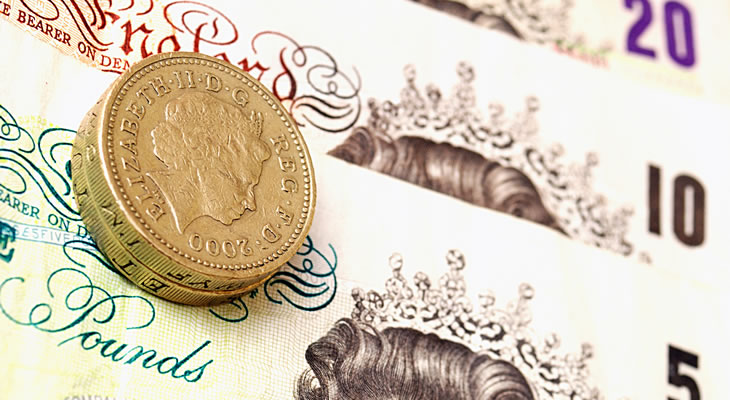Narrowing of Wages to Inflation Gap could Trigger GBP/AUD Exchange Rate Rally
The Pound to Australian Dollar exchange rate (GBP/AUD) has closed weekly trading in a strong position, having risen by 0.5% on Friday afternoon.
In the coming week, Sterling could extend its gains if UK inflation and earnings data prints as predicted.
On 20th March, base year-on-year inflation rate is tipped to slow from 3% to 2.8%, while core inflation is expected to drop from 2.7% to 2.5%.
Lower inflation would reduce pressure on the Bank of England (BoE) to consider higher interest rates, but would have a positive impact on low-income households.
The situation could improve further on 21st March if UK average earnings rise was predicted – growth from 2.5% to 2.6% is anticipated.
Although this would still leave a gap between the pace of earnings growth and inflation, the Pound could rally on the news because of a reduced UK wage squeeze.
Bank of England (BoE) Monetary Policy Meeting Risks GBP/AUD Exchange Rate Decline
While UK economic data could support a Pound to Australian Dollar exchange rate rise next week, a BoE meeting on 22nd March might be a negative influence.
The BoE’s Monetary Policy Committee (MPC) will be meeting at noon, but aren’t expected to adjust interest rates from their current 0.5%.
Greater interest will be therefore be focused on any forward guidance offered by BoE officials, particularly Governor Mark Carney.
If Mr Carney and the MPC offer a more cautious outlook than Chancellor Philip Hammond did in the spring statement, the GBP/AUD exchange rate could worsen.
Australian Dollar to Pound (AUD/GBP) Exchange Rate Rise possible on AU Employment Data
The Australian Dollar may be able to regain lost ground against the Pound late next week, when jobs data is released on 22nd March.
The stats will include an unemployment rate reading for February, along with precise details about changes to employment levels during the month.
The jobless rate isn’t expected to shift from 5.5%, but forecast-matching changes to employment numbers could still spark an AUD/GBP exchange rate rise.
An overall rise in the number of employed persons has been forecast, of 20k in February.
There has been additional optimism about the shifts in full and part-time employment – the number of persons in full-time employment is expected to rise by 38.1k.
Full-time jobs growth is considered more nationally-beneficial in the long-term, so an accurate result could push the Australian Dollar to Pound exchange rate higher.
Higher employment would also increase the chances of the Reserve Bank of Australia (RBA) breaking out of the cautious holding pattern.
More people in work will reduce the labour pool and could lead to higher salaries, eventually making the RBA confident enough to raise Australian interest rates.


Comments are closed.